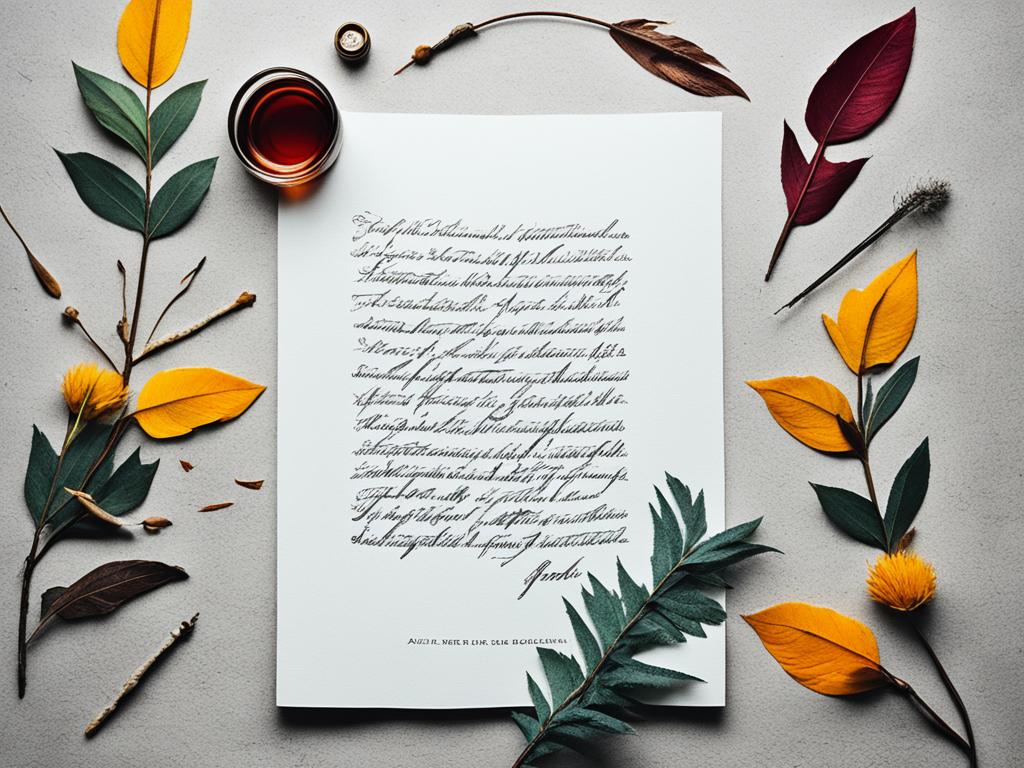
Poetry | Meaning, Types, Elements and Features
Poetry is a powerful art that moves us deeply. It brings out feelings, paints pictures, and shares human experiences. This art uses rhythm and metaphors in a special way. It has been loved by readers and writers for centuries.
This article will explore what poetry means, its different types, key elements, and what makes it special. It’s a journey into the world of poetry, showing its beauty and depth.
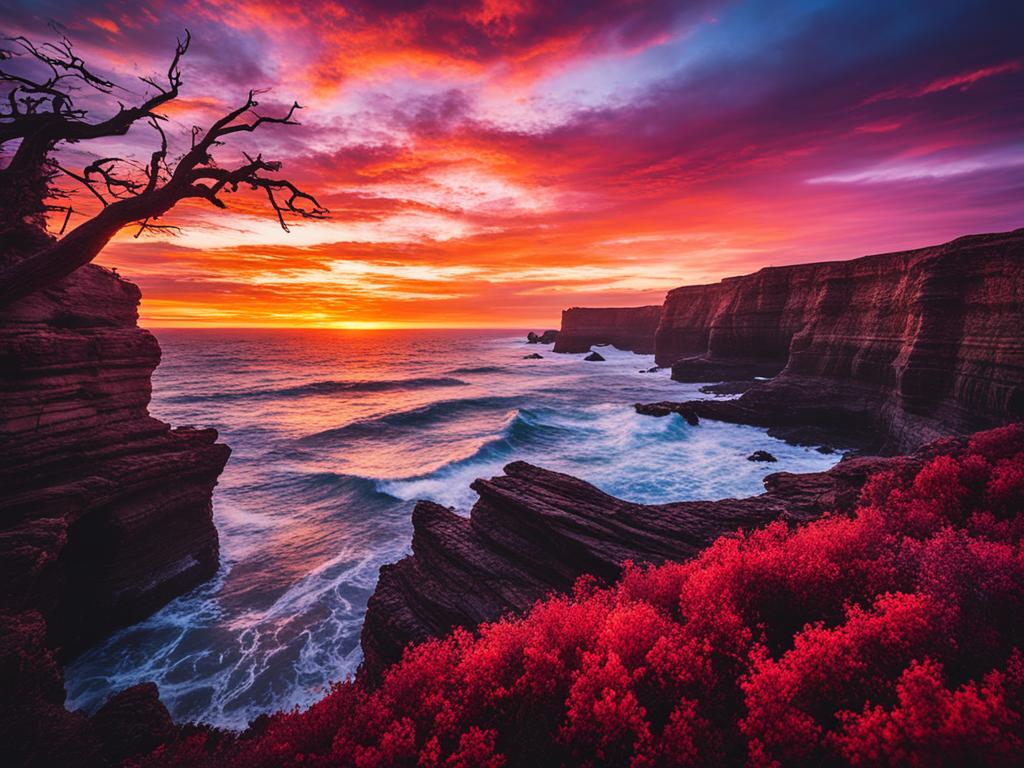
We’ll look at traditional poetry’s styles like rhyme and meter, and modern ones like free verse and slam poetry. You’ll learn about the core elements of poetry, like rhythm, imagery, and metaphors. These elements help poets create their amazing works.
This article will show how poetry touches our hearts, paints vivid pictures, and captures life’s essence. It aims to deepen your love for poem. Whether you love it already or want to learn more, this guide will open your eyes to poetry’s beauty and power.
Exploring the Art of Poetry
It is a captivating art form that evokes emotions and shares experiences. It’s a unique way to express ideas through carefully chosen words. These words create a beautiful mix of rhyme, verse, and lyrics.
Poetry goes beyond just words. It uses language skillfully to paint vivid images and make us think deeply. Poets use rhythms, metaphors, and symbols to make us connect with their work on a deeper level.
It comes in many styles, from structured sonnets to free verse. Each style has its own way of expressing creativity. Poets use different techniques to share their visions with us.
Exploring it shows us how poets capture their audience. They use alliteration, contrasting images, and metaphors to make their words powerful. These tools turn writing into a powerful form of art.
This journey into poetry helps us appreciate its craft and how it enriches our lives. It shows us the beauty of lyrical verse and the depth of philosophical poetry. It makes language meaningful and powerful.
“Poetry is the rhythmical creation of beauty in words.” – Edgar Allan Poe

As we dive deeper into poetry, we’ll see many forms and learn about its key elements. We’ll discover what has made it enchant readers for so long. Understanding poetry helps us see the power of language and how it goes beyond words.
What is Poetry?
It is a mix of language, imagery, and rhythm that goes beyond just words. It invites readers to explore deep human feelings and experiences. Poets use metaphors, verse, and rhythm to create a meaningful tapestry that touches the soul.
Defining the Essence of Poetic Expression
It conveys complex ideas, feelings, and experiences through language. It’s different from prose, aiming for a lyrical and evocative style. Poetry uses the rhythm and flow of words for artistic expression.
Poetry is a journey of the imagination, inviting readers to explore human experiences. It might use a metaphor to paint a vivid picture or a rhythm to carry the reader along. Poetry’s language aims to stimulate the senses and make us think deeply.
With verse, poets capture life’s fleeting moments, intangible emotions, and deep insights. This art form makes us see the world differently. It helps us feel the human experience and see ourselves in the words on the page.
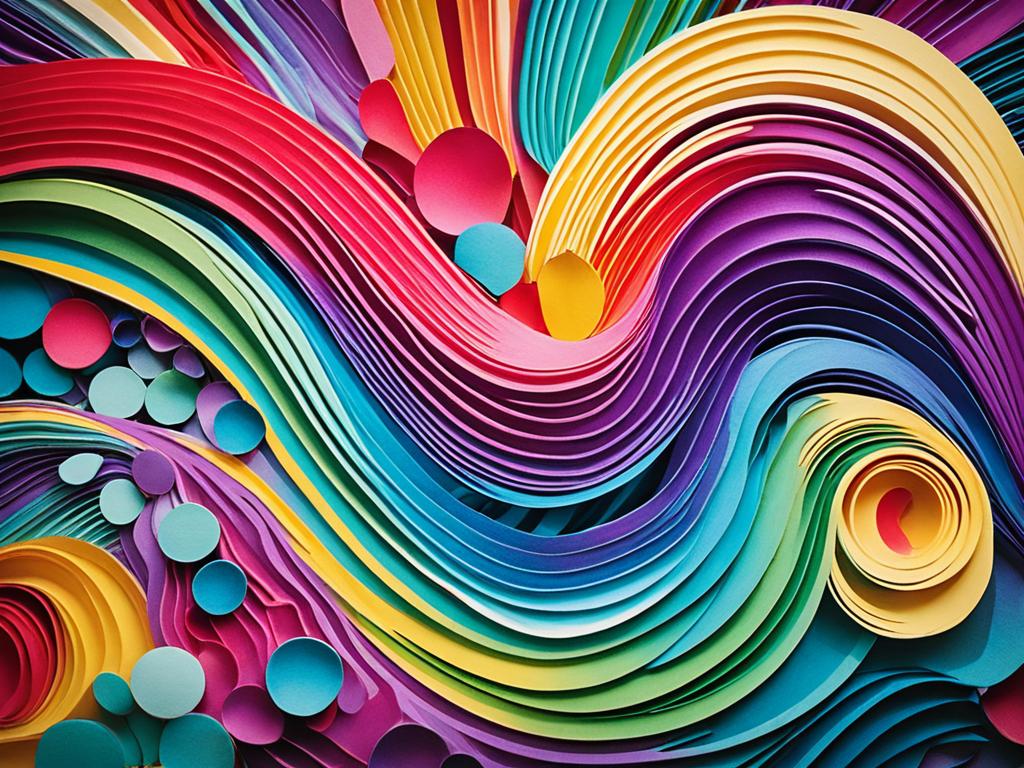
“Poetry is the spontaneous overflow of powerful feelings: it takes its origin from emotion recollected in tranquility.” – William Wordsworth
Poetry
It has been a timeless art form, touching hearts and minds for ages. It goes beyond language, culture, and time, offering a way to connect with everyone. From ancient rhythms to modern styles, poetry helps us understand the world and our place in it.
Poetry captures human feelings, from deep sadness to great joy. Poets use rhyme, verse, and lyrics to create powerful words. These words move us, change our views, and make us see things in a new way.
It has been key in keeping cultural traditions alive, telling important stories, and speaking for those unheard. It has been used in ancient Greece and during the civil rights movement. Poetry lets us tell stories, comment on society, and express ourselves deeply.
Exploring poetry shows its wide range, from structured haikus to flowing free verse. Each type lets us see language and emotion in new ways. Whether you love it or are new to it, the journey is full of deep insights and inspiration.
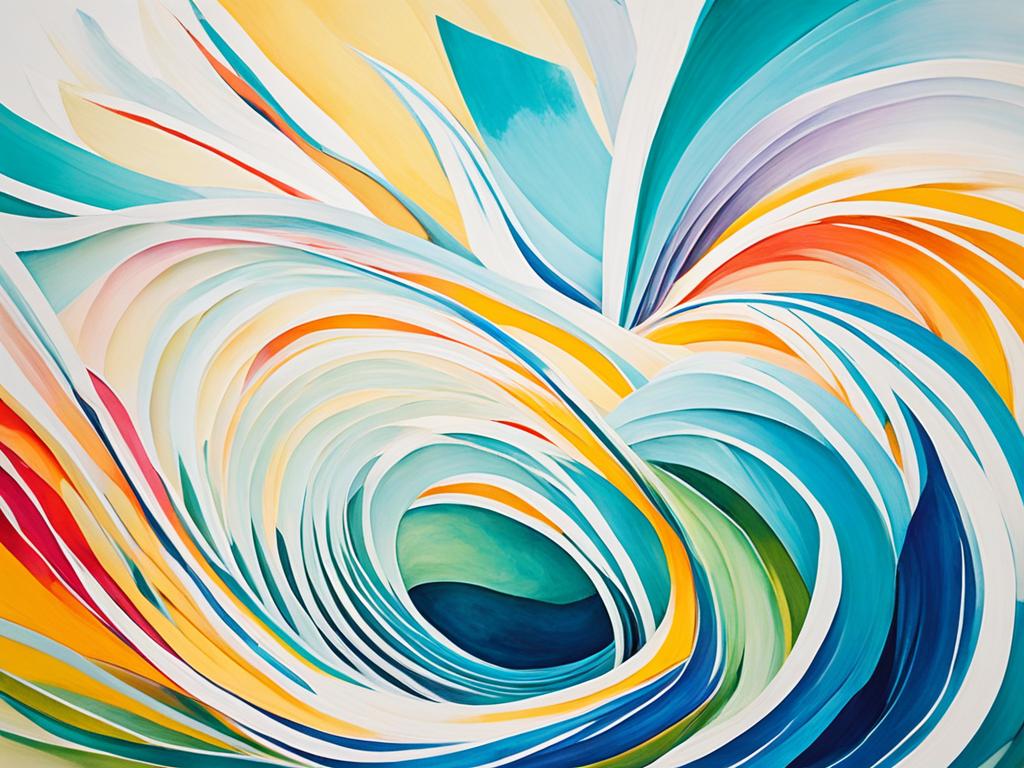
| Poetic Form | Description | Notable Examples |
|---|---|---|
| Sonnet | A lyrical poem with a fixed rhyme scheme, typically consisting of 14 lines. | William Shakespeare, Elizabeth Barrett Browning, John Donne |
| Haiku | A Japanese poetic form that captures a fleeting moment in three short lines. | Matsuo Bashō, Yosa Buson, Kobayashi Issa |
| Free Verse | A form of poetry that lacks a consistent meter or rhyme scheme, allowing for greater creative expression. | Walt Whitman, Langston Hughes, Mary Oliver |
Types of Poetry
It covers a wide range of forms, each with its own style and rules. From structured rhymes to free verse, it lets artists express themselves freely.
Discovering Various Poetic Forms
The haiku is a famous type of poetry from Japan. It captures a moment in just three lines. Haikus often focus on nature and teach us to say a lot with a few words.
Slam poetry is the opposite, full of energy and spoken words. It’s all about sharing stories and thoughts in a powerful way. Slam poets move people with their words and stories.
Free verse is another way poets express themselves. It breaks free from traditional rhymes and rhythms. This lets poets explore many themes and styles without limits.
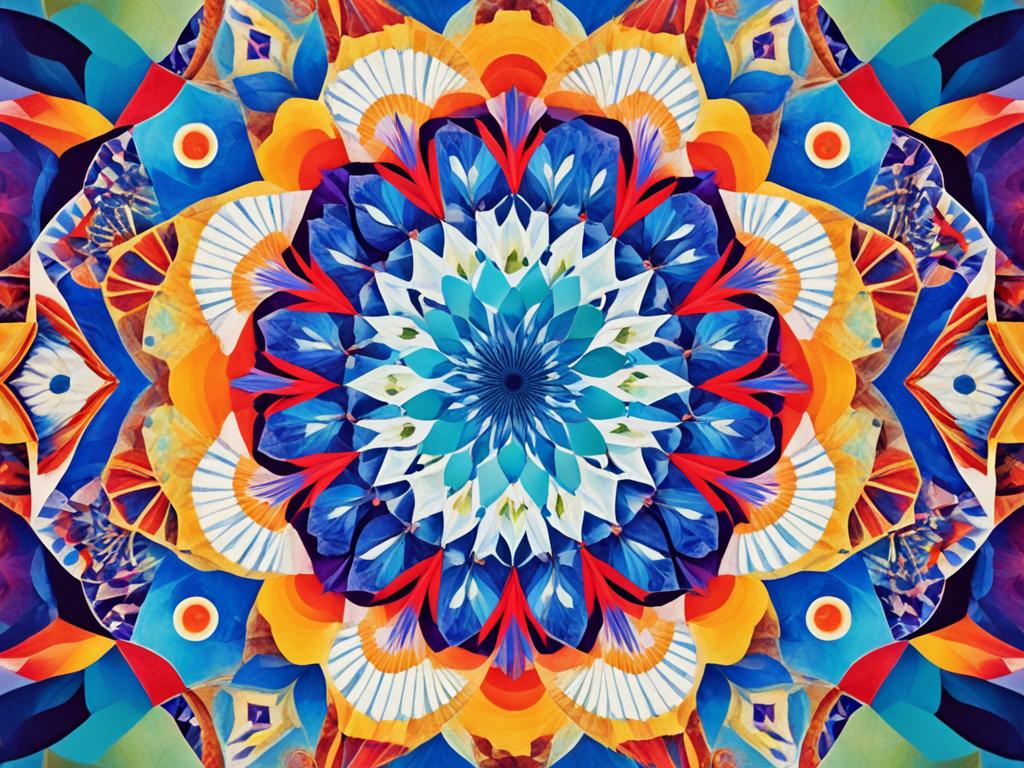
There is a type for everyone, whether you like structured rhymes, simple haikus, or the power of slam poetry. Poetry is a vast world waiting to be explored and enjoyed.
Elements of Poetry
It is a beautiful mix of different parts. It has a rhythmic flow and uses metaphors to paint pictures in our minds. These elements work together to make poetry emotive and thought-provoking.
Rhythm is at the core of poetry. It’s the musical quality that makes each line move at its own pace. Poets use rhythm to create feelings or reflect life’s ups and downs.
Metaphor is also key in poetry. It connects different ideas in a new way, giving us fresh insights. By using metaphors, poets turn everyday things into something magical, making us see the world anew.
The way a poem is structured, or its stanza, is vital too. The layout of lines and verses affects the poem’s rhythm and impact. It shapes how we experience the poem.
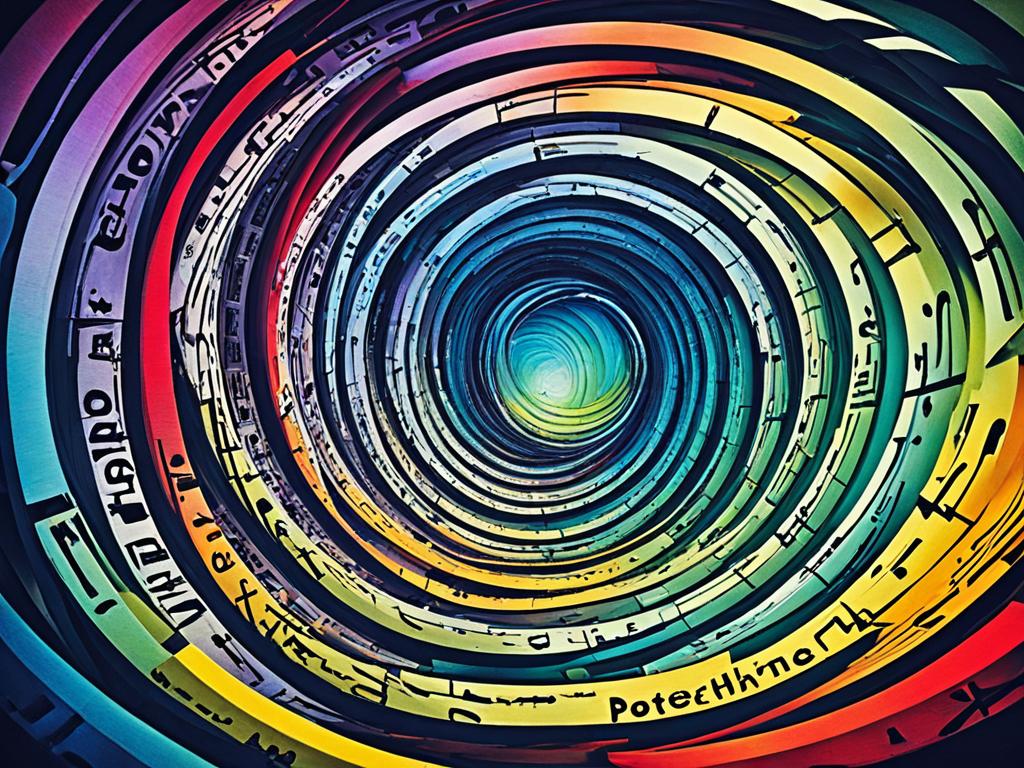
When these elements come together, they make it powerful and moving. Understanding rhythm, metaphor, and stanza structure helps us appreciate poetry’s beauty and depth. It shows us why it is a powerful way to express ourselves and connect with others.
Features that Captivate Readers
It has the power to take readers on a journey. It fills their minds with vivid images, rhythmic sounds, and deep feelings. Poets pick and arrange words carefully to stir different feelings in readers. They use verse, lyrics, and rhyme to make poetry captivating.
Unveiling the Craft of Poetic Mastery
Poets are masters of language. They choose words that create clear images and deep feelings. The way they arrange words can make the reader feel like they’re hearing music. Poets also use rhymes to make their poems flow smoothly.
But it’s not just about the words. The best poetry touches the heart. Poets share deep truths and feelings that everyone can relate to. This makes a strong bond with readers.
The magic of it comes from the poet’s skill. They use language, rhythm, and feelings to take readers on a special journey. The best verse leaves a lasting impact on readers’ hearts and minds.
Conclusion
We’ve looked into the world of poetry and found its deep beauty. We learned about the different kinds of poetry, like structured rhyme and free verse. We also learned about the key elements that make it special, such as rhythm and metaphor.
On our journey, we saw how it can touch our feelings and paint pictures in our minds. It shows us the beauty of the world and the human experience. From haikus to spoken word, poetry connects with people everywhere.
Keep exploring poetry and let it change you. Find new poets, try different styles, and let the words take you on a journey. It offers endless possibilities, inviting you to start a fascinating literary adventure.
FAQ
What is the definition of poetry?
It is a form of art that uses language and rhythm to share feelings, ideas, and experiences. It’s a way to express the human experience. It often talks about love, nature, and life’s complexities.
What are the different types of poetry?
It comes in many forms like rhymed verse, free verse, haiku, and slam poetry. Traditional poetry has specific structures and rhythms. Free verse is more flexible. Slam poetry focuses on performance and spoken words.
What are the essential elements of poetry?
Poetry’s core elements are metaphor, rhythm, and stanza structure. Poets use these to make powerful works that grab readers. Metaphors and imagery share deep meanings and feelings. Rhythm and structure add to the musical quality.
What features make poetry captivating?
Poetry’s allure comes from skilled language use, vivid imagery, and rhythm. Poets who excel in these areas create works that touch readers deeply. These poems evoke emotions and make us think more about life.
How has poetry evolved over time?
It has a long and varied history. It has changed over time and across cultures. From traditional rhymes to modern free verse, poetry keeps adapting. It reflects humanity’s changing views and experiences.


